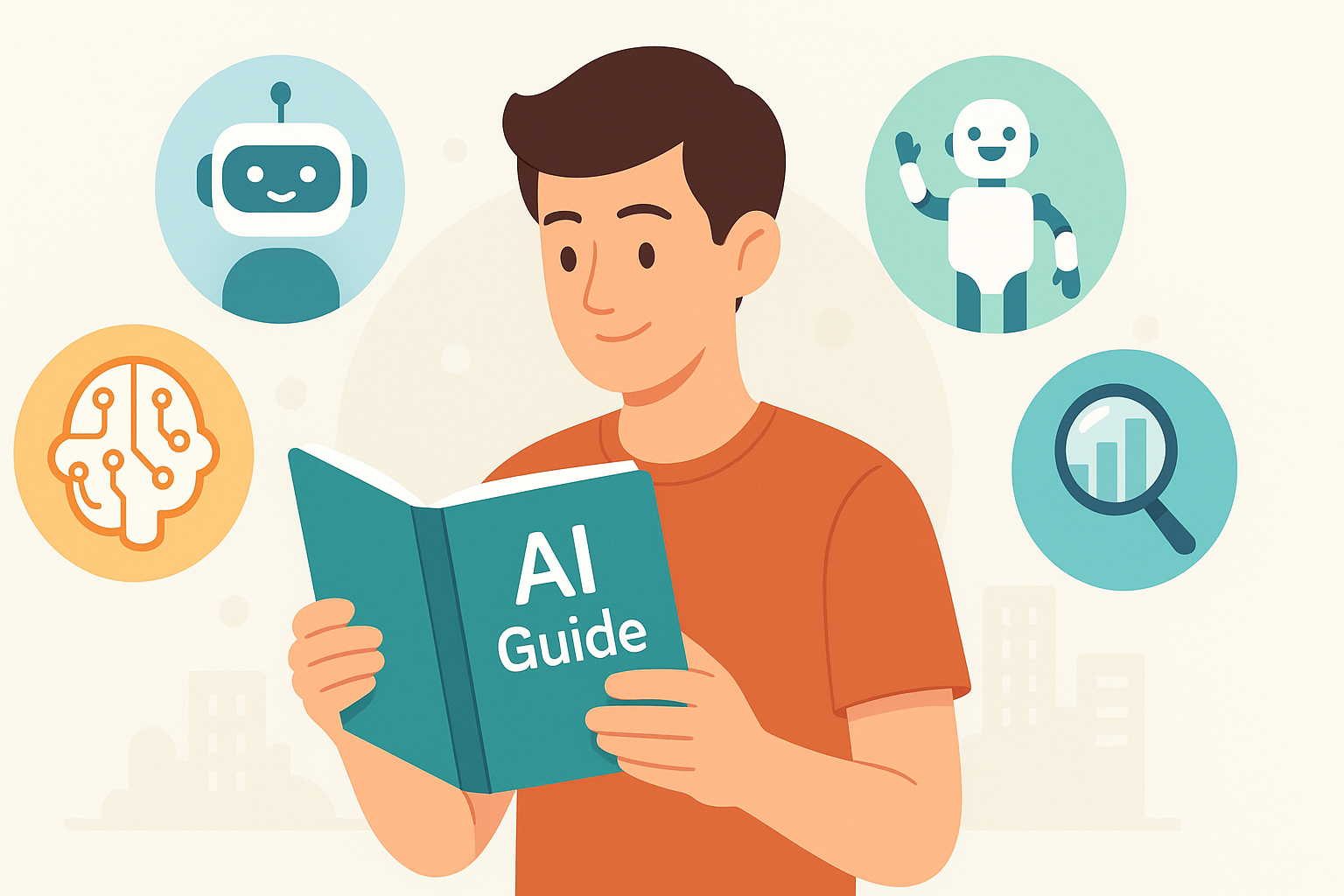
Artificial Intelligence (AI) is no longer just the stuff of sci-fi movies or tech labs—it’s becoming a part of our everyday lives, from smart assistants to personalized shopping experiences. But what exactly is AI? And how does it work?
This beginner-friendly guide will help you understand what AI is, how it’s used, and how it’s shaping the world around us. Whether you’re a student, a professional, or just curious, this is AI explained in simple terms.
🤖 What Is Artificial Intelligence?
Artificial Intelligence (AI) refers to machines or software systems that are designed to simulate human intelligence. This includes:
Learning from experience (like humans do)
Recognizing patterns
Understanding language
Making decisions
Put simply: AI enables machines to “think” and “learn.”
🧠 Key Types of AI You Should Know
1. Narrow AI (Weak AI)
Designed for specific tasks
Examples: Siri, Alexa, spam filters, recommendation engines
2. General AI (Strong AI)
Can perform any intellectual task a human can do (still theoretical)
Not yet achieved in real-world applications
🔧 How Does AI Work?
AI works through a combination of:
Data: Information that the system uses to learn
Algorithms: A set of rules or instructions the computer follows
Training: Feeding data into the system to improve its performance over time
A popular technique is Machine Learning (ML), where the AI system improves as it gets more data. Another form is Deep Learning, which mimics how the human brain works using artificial neural networks.
🛠️ Real-World Applications of AI
AI is already part of your daily life in more ways than you might realize:
📱 Smartphones – Face ID, voice assistants, predictive text
📧 Email – Spam filtering and smart replies
🎬 Entertainment – Netflix and YouTube recommendations
🛍️ Shopping – Product suggestions and dynamic pricing
🚗 Navigation – Real-time traffic routing via Google Maps or Waze
🏥 Healthcare – AI diagnostics, wearable health tracking, appointment bots
🌍 Why AI Matters
AI is helping solve global problems, boost productivity, and create new opportunities in:
Healthcare
Education
Finance
Transportation
Agriculture
Cybersecurity
It’s not just a tech trend—it’s a core technology of the future.
⚠️ Is AI Safe?
AI is powerful, but it must be used responsibly. Key concerns include:
Data privacy
Bias in AI decision-making
Automation-related job displacement
Lack of transparency (a.k.a. “black box” AI)
Many researchers and organizations are working on ethical AI guidelines to ensure fair and safe use of these technologies.
📘 How to Start Learning More About AI
You don’t need to be a programmer to understand AI. Here are a few beginner resources:
Free courses on platforms like Coursera, edX, and Khan Academy
Books like “Artificial Intelligence: A Guide for Thinking Humans” by Melanie Mitchell
Follow AI news from trusted sites like MIT Technology Review or Wired
Explore tools like ChatGPT, Google Bard, and image generation AI to see AI in action
Final Thoughts: AI Is for Everyone
You don’t need a tech degree to understand or benefit from artificial intelligence. Whether you’re a student, teacher, small business owner, or simply curious, AI is shaping your world—and now’s the perfect time to understand how.
Leave a Reply